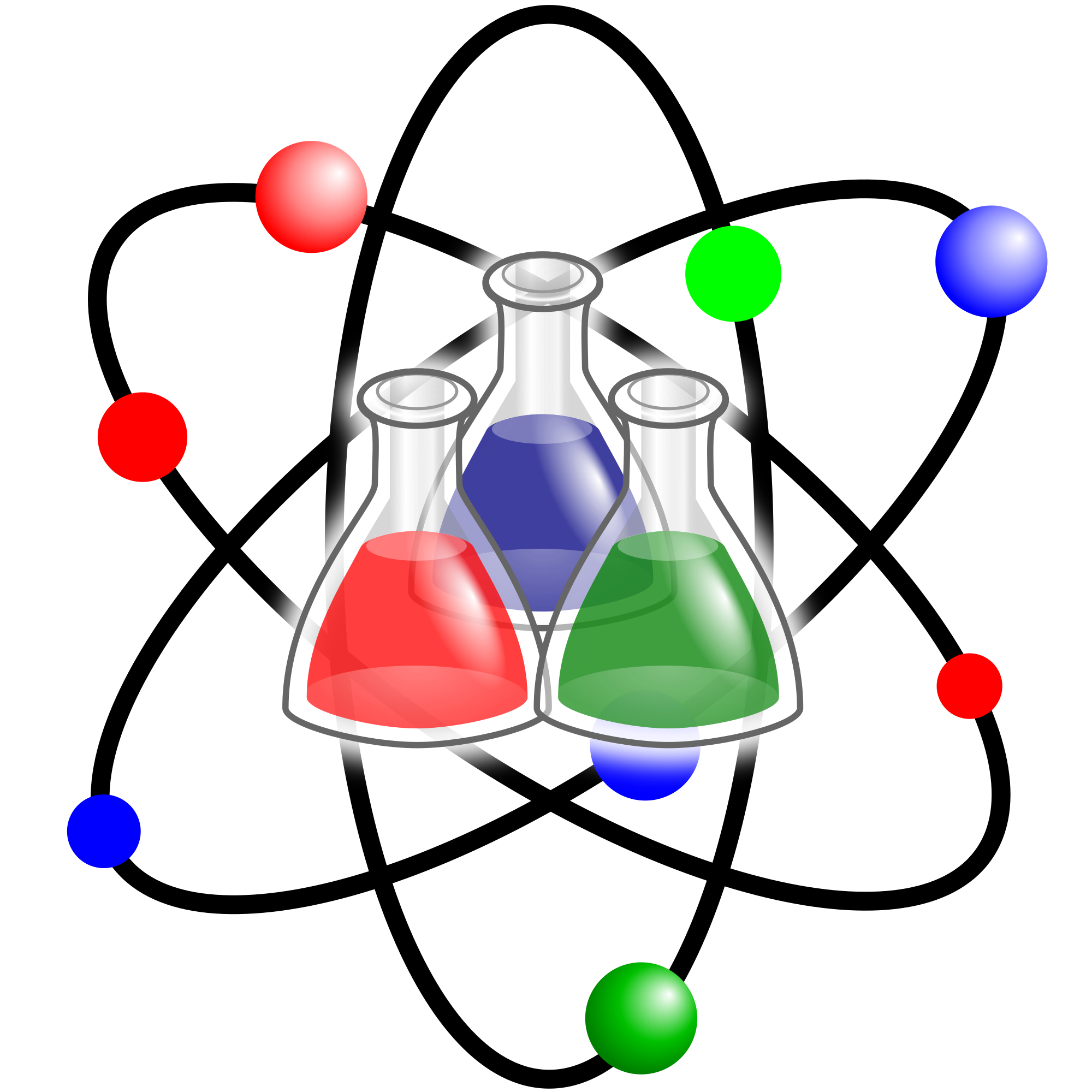Biological Diversity
Sustainability
Sustainability Energy & Transportation
Edward Hessler
 |
| World Wildlife Federation |
The World Wildlife Federation (WWF) has released its 2016
Living Planet Report.
The findings are summarized in a less than encouraging graph, referred to as the
Living Planet Index (LPI). It is a measure of the state of the world's biological vertebrate diversity found in terrestrial, freshwater and marine habitats. The graph is based on population trends from 18290 populations of 3669 vertebrate species.
The LPI has been adopted by the
Convention on Biological Diversity (CBD) to indicate progress towards the 2011-2020 target to "take effective and urgent action to halt the loss of biodiversity."
The LPI shows a decline of 58 per cent for all vertebrates between 1970 and 2012. This means that should current trends continue the decline could be as high as two-thirds of all vertebrates by the 2020 target.
Freshwater habitats are the most threatened
Here is the breakdown by habitats for the period of 1970 to 2012:
—
Terrestrial. The vertebrate LPI shows a population decline of thirty-eight percent.
—
Freshwater. The vertebrate LPI shows a population decline of eighty-one percent.
—
Marine. The vertebrate LPI shows a population decline of thirty-six percent.
The major threats are habitat loss and degradation,
species over-exploitation, pollution, invasive species and disease and
climate change. And what is the major threat to declining populations?
As you probably know it is loss and degradation of habitat. In other words we are and continue to overdraw our account.
The major actions that we can take to progress toward the goal of halting the loss of vertebrate diversity are found in two sectors, reform of food and energy systems.
Changes to the Earth's systems in the Anthropocene age
The report places the planet in a new geological epoch, the Anthropocene, a
term coined by Nobel Prize winner Paul Crutzen who, with Mario J. Molina and F. Sherwood Rowland received the award for 1995. The
award for chemistry recognized "their work in atmospheric chemistry, particularly concerning the formation and destruction of ozone."
The Anthropocene follows the
Holocene which we've been living in for the last ~ 12,000 years. The Anthropocene is not a formally defined geological unit but is a popular term used widely by scientists and non-scientists to acknowledge human influence on the dynamics and future of the Earth system. According to the
Anthropocene working group it is "widely agreed that the Earth is currently in this state."
The Living Planet findings are viewed in an Earth system perspective. The framework, Planetary Boundaries, calls attention to nine human-produced alterations to the functioning of the Earth system. "They are:
1) biosphere integrity (or destruction of ecosystems and biodiversity),
2) climate change, and
3) its twin problem ocean acidification,
4) land-system change,
5) unsustainable freshwater use,
6) perturbation of biogeochemical flows (nitrogen and phosphorus inputs to the biosphere),
7) alteration of atmospheric aerosols,
8) pollution by novel entities,
9) stratospheric ozone depletion."
 |
| Ocean acidification leads to coral "bleaching. |
These alterations cannot be navigated and managed in isolation of one another. It is important, an imperative, to pay considerable attention to each subsystem as decisions are made about a particular subsystem. Subsystems will be affected to a greater or lesser extent by any change focusing only on one subsystem.
The report includes
Ecological Footprint data for four decades. These data show that reductions in the total global Ecological Footprint do not correspond to intentional policies that limit or change our impact on the natural world. Instead, they have been reactive polices or actions dictated by major economic crises such as the 1973 oil crisis,
the deep economic recession in the USA and many of the OECD
countries during 1980-1982 and the 2008-2009 global economic
recession. The reductions in Ecological Footprint were only temporary and quickly followed by a rapid climb.
A map showing the world's ecological footprint of consumption on a per capita basis shows that nations with the largest footprints are those that have the highest fossil fuel consumption and energy-intensive goods (from cradle to grave). Those nations include the United States, of course. The United States is among those nations which use six times more than the available per capita share of global biocapacity.
Four level of thinking
To accomplish the maintenance of nature and equitable living conditions for all humans will require systems thinking as well as acting as a result of such thinking. A common tool used in systems thinking, the
“four levels of thinking model," is presented.
— the first level of thinking —
events — is about the "tip of the iceberg" in a system and is often the place where most problem-solving, interventions and policy discussion occurs. The result is that this it is about treating symptoms rather than the sources of the problem.
— the second level of thinking —
patterns — concerns the patterns that emerge
when a set of events leads to recognizable behaviors or outomes.
— the third level of thinking —
systemic structures — reveals the
political, social, biophysical or economic structures that constrain
the way different elements in the system can behave and interact. .
— the fourth and deepest level —
mental models — reflects the beliefs, values and assumptions
of individuals and organizations. Mental models
vary across cultures and interestingly have are rarely taken into account in decision making. Mental models influence design of system structures, our behaviors as well as cultural guidelines and incentives, events that together make up the flow of daily life in society.
The capital value of natural ecosystems
Natural capital assets of ecosystems are easily overlooked or taken for granted. These assets have been assumed as enduring, regardless of how they are used. The report calls attention to four assets.
—
Provisioning. Products such as raw materials, medical resources, fresh water, food.
—
Regulating. These include the processes that regulate ecosystems such air, water, erosion, climate.
—
Supporting. These are services necessary for maintaining healthy ecosystems such as nutrient cycles, photosynthesis, soil formation.
—
Culture. These are the non-material benefits ecosystems provide such as aesthetic, emotional/physical health, recreation/ecotourism.
 |
| The rainforests, the "lungs" of the earth. |
The challenge of this century is profound: to maintain nature in all its forms most glorious
and to live on the resources of a finite planet in a way that is equitable for all. According to the report this requires a "One Planet Perspective."
It is based on the idea of ecosystem resilience, i.e., preserving the ability of natural ecosystems to recover from perturbations or adapt to them. This will require considerable research and then using those results, even when they are in-motion, to make policy decisions under conditions of uncertainty.
The One Planet Perspective includes the preservation of natural capital, production methods that promote sustainable and sustain ecosystems, and wise consumption practices (reducing ecological footprints personally and nationally). We must, in other words, govern resources in ways that are equitable as well as redirect financial flows in ways that value nature.
An immediate threat
By all accounts we are at a place in history where the rate of transition is increasingly visible and the Earth's meters and dials increasingly announce changes we've not experienced. The report is clear about the danger to animals with backbones. One can infer others as well since vertebrates do not exist in communities alone. They live with plants, predators, insects, decomposers, microbes and invertebrates.
Does the majority of the Earth's population value nature and recognize its needs AND the close link between humans and nature? If not, what is the path to this kind of shared understanding? Is it even possible at the scale that is required? In the end are we capable of considering these kinds of ideas, the actions they require and then making them, living as though the full planet matters? Or, will this be just another report with politics and business-as-usual interests continuing?
However, there are some facts that we disregard at great peril. Numbers. The basic arithmetic of change as well as of its scale. Washington Post writer, Chris Mooney writes about one of these: holding the world's warming to less than 2 degrees Celsius above pre-industrial levels. It is a harsh dose of reality and is where the maths kick- in.
The emissions gap for the 1.5 degree Celsius target according to Mooney's article ranges between 15 and 17 gigatons per year. Not only do they sound like big numbers; they are. So, what do they mean in daily life? Mooney quotes Jacqueline McGlade, the chief scientist of the United Nations Environmental Program:
When you think that one gigaton is the equivalent of taking all European vehicles off the road for one year, and he gap is beween 12 and 14 gigatons, you see what the scale of the problem is. See
Mooney's excellent piece for the details.
A vibrant
summary of the WWF report with pictures, diagrams, graphs and tables is included.


 CGEE Student Voice
CGEE Student Voice




















